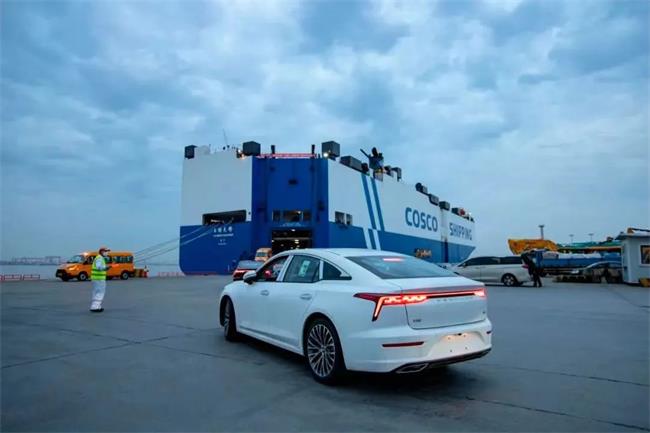Industry News
After 2020, the advantages of China's new energy vehicles will gradually emerge. Superimposed by the global epidemic, Chip shortage and other factors, China will usher in second-hand car export opport
Luo Lei proposed that second-hand car export enterprises can consider "borrowing ships to go to sea". China's second-hand car exports should take small steps and start with wholesale sales. Many enterprises have been working overseas for many years, with a good material foundation and network relationships, and can borrow existing resources. In addition, Japan's second-hand car export industry is very mature, but due to being a right-hand drive vehicle, exports are subject to certain restrictions. Chinese enterprises can cooperate with Japanese enterprises to solve the problem of national vehicle supply for left-hand drive vehicles.After 2020, the advantages of China's new energy vehicles will gradually emerge. Superposing the global epidemic, Chip shortage and other factors, China will usher in second-hand car export opportunities, and FAW International Trade (Tianjin) Co., Ltd. has also carried out related businesses. Zhao Dan, deputy general manager of the company, said frankly that the manufacturer's second-hand car exports are mainly carried out around Private label. The "parallel export" approach is precisely in line with the current development needs of the automotive export market, but it may also conflict with the export of new cars.
Zhao Dan suggests that in cases where export enterprises do not have their own channels, they can adopt the method of "borrowing ships to go overseas", establish overseas channels with local distributors, and also establish e-commerce platforms as auxiliary and transitional measures.
Wei Shuqi, the consultant in charge of internationalization strategy at EAC Eurasia Consulting in Germany, stated that there are generally challenges and pain points for Chinese second-hand car companies, such as "whether to invest in the long term" and "not familiar with the place of life". She suggests that enterprises should find their own positioning in the value chain based on their own business foundation, and find suitable opportunities for transformation and transcendence in the success factors. For example, establishing a vehicle source advantage and maintaining good key customer relationships with the main engine factory; Follow the Longtermism to plan the offshore business; Enhance overseas channel strength, provide high-quality products and competitive prices for overseas distributors and major customers; Improve transportation, automotive finance, insurance, warehousing, and accessory supply chain networks; Provide comprehensive accessories and after-sales service.

Categories
Latest News
Contact Us
Contact: Snailtruck
Email: colin@snailtruck.com
Phone/Whatsapp: +86 18705477225
Add: NO.168 Quanpu Town, Liangshan County, Jining City, Shandong Province, China

 snailtruck
snailtruck